How the Leather Working Group Works | What Tanneries Do and Don’t Like About the LWG
If you make leather that lasts twenty years for a pair of boots versus one year for athletic sneakers, which one becomes more sustainable?
Nick Horween, Horween Leather Company
If you ask the industry’s top watchdog, the Leather Working Group, they might say that the thinner sneaker leather is the more sustainable choice: it requires less energy and fewer resources to produce, and you can make more of it at once.
So in this article, we’re looking at the Leather Working Group (LWG), developer of standards and bestower of the ratings (like Gold, Silver, and Bronze medals) that brands like Nike and Timberland consider an indispensable element of their supply chain and eco-conscious branding. (Which makes sense, since they founded it.)
Over the years that we at Stridewise have spent reviewing leather goods and visiting tanneries, we’ve become very familiar with the letters “LWG” on product pages that are used to denote responsible leather sourcing.
To be very clear: this is an extremely admirable goal, and consumers deserve a watchdog to help them avoid the kinds of tanneries that cause severe damage to their environment and their workers. Still, the mission remains a work in progress.
To get an insider’s look at what it means when you see (or don’t see) an LWG rating, we reached out to expert tanners Nick Horween from Chicago’s Horween Leather Company, Ed Gallun from Milwaukee’s Gallun Leathers, and other insiders who preferred to speak off the record.
We’ll explore what getting the certification entails, how it aims to protect workers and consumers, where it excels (usually) and falls short (only sometimes!), and how you can do your best to find good leather — with or without that medal rating.
Overview: The Leather Working Group
In 2005, Adidas, Clarks, Ikea, Nike, Marks & Spencer, New Balance, Timberland, and PrimeAsia Leather Company formed a not-for-profit called the Leather Working Group, creating a set of standards for their leather supply chains.
“Altruistically, the concept is sound,” says Gallun. “What they’re trying to do is make tanneries accountable and make sure they’re not ruining the earth.”
Together with a team of leather industry experts, they developed a standard for tanneries to assess the environmental impact of leather manufacturing.

“I think the goal is good,” agrees Nick Horween, whose namesake tannery is the exclusive supplier for the NFL’s footballs and has been called “the Cordovan capital of the world” by the Chicago Tribune. “I think it’s important for people to be responsible and accountable for the things they do and the choices they make.”
LWG also assists with “effective marketing and communications to brands to help inform consumers.” If you’re a shoe brand like Adidas, you can pay them to help market that the leather on your shoes is LWG Gold-certified. This helps consumers know they’re buying audited leather.
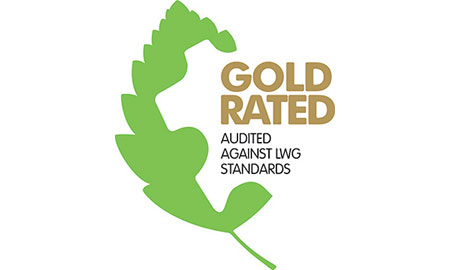
How Does the LWG Make Money?
LWG is a non-profit, but unlike some non-profits, they aren’t funded by donations.
Brands, retailers, suppliers, and affiliates (NGOs, etc.) pay a yearly, sliding scale membership fee between £3,000 and £18,000 based on the company’s annual turnover. Most of the LWG’s revenue comes from these members.
Tanneries don’t pay LWG for auditing, but it does cost them money to be audited. This is in part because a third party leather producers like Horween Leather Company contract an LWG-approved auditor from a third party when they want to be assessed based on the criteria the LWG develops.

Why Audit Tanneries?
Making leather requires a lot of energy, water, and potentially harmful chemicals. Our interviewees want it to be crystal clear that that leather tanning can only cause negative consequences when the process is mismanaged or when certain standards are neglected.
“For example, salt used in tanning isn’t harmful per se unless it is mismanaged,” says Horween. “Since the industry is pretty mature at this point, I would argue that the harm only comes from mismanagement or negligence.”
Another example of a criterion the LWG monitors is water usage. The global leather industry uses about 400 billion liters of water annually. The leather in a pair of Dr. Martens, for instance, accounts for 30% of their products’ carbon footprint — the highest of any material they use and more energy than goes into the brand’s manufacturing, transportation, and distribution combined.
Then there are byproducts. There are multiple ways to tan leather, but they can result in potentially harmful byproducts (some more harmful than others) if the process is mismanaged.
Plus, there are a lot of myths about what is and isn’t “environmentally friendly” in this space, and it’s cool that the LWG is invested in clarifying the definition of sustainable leather production. For example, many feel that all chrome tanned leather is a net negative for the environment and vegetable tanning is unproblematic, but as you’ll see below, neither of those notions are true.
Unregulated tanneries can create environmental and health problems, especially in underdeveloped countries like Bangladesh and India. In 2012, a report from Human Rights Watch reported,
Past and present tannery workers described and displayed a range of health conditions, including prematurely aged, discolored, itchy, peeling, acid-burned, and rash-covered skin; fingers corroded to stumps; aches, dizziness, and nausea; and disfigured or amputated limbs.
Similar problems were experienced by residents who lived near the tanneries.
Issues of this magnitude are relatively rare, mind you — this isn’t to imply that most leather is a wildly destructive force, especially if it comes from tanneries that are already subject to strict local and national regulations like those in the United States and the European Union.
We also want to note that when our editor Nick visited India and inquired about the infamous problems caused by tanneries in Kanpur, sometimes called “The Leather City of the World,” the shoemakers we spoke to quickly noted that the studies folks tend to cite about Kanpur are over a decade old and that the city has made terrific progress in recent years.
But the potential cause for harm is a reason why consumers want to know they’re not supporting the worst of the worst when they’re buying boots.
Chrome vs Vegetable Tanned Leather: Does It Matter?
Much of the concern about tanning byproducts is related to the use of Chromium. Ninety percent of the world’s leather is chrome-tanned and when produced properly, byproducts are manageable and can be safely disposed of. (See our visit to Mexico’s Lefarc for more information on these practices.)
But under the wrong circumstances, chrome tanning can create chromium VI, which is linked to a wide range of health problems when it’s not appropriately managed.
If leather’s not chrome-tanned, it’s typically vegetable-tanned, a much older process that many erroneously consider harmless.
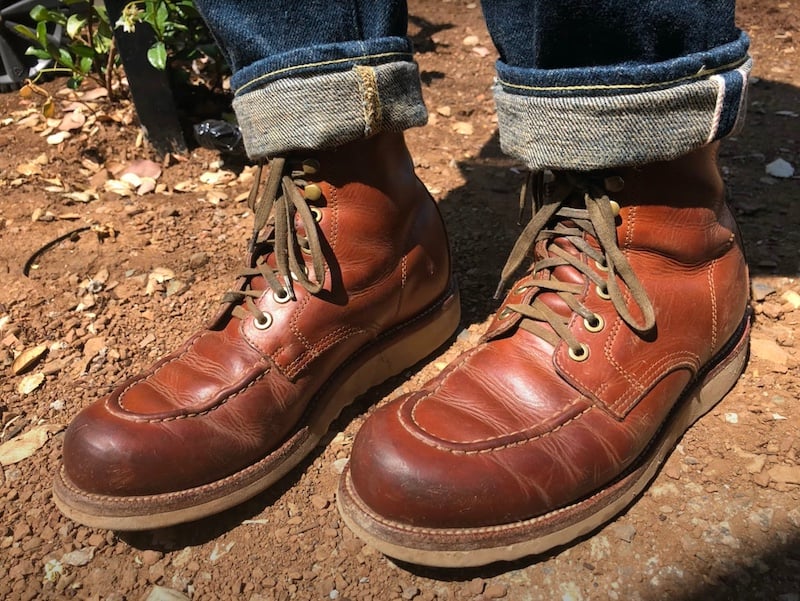
“The byproducts of vegetable-tanned leathers are in a lot of ways the same (as chrome). The trimmings and liquor don’t contain chrome, obviously, but they have different demands,” says Horween. “When you have spent vegetable liquor, you have to dispose of it. That liquor typically has very low oxygen, so that could have a negative effect on the local bacterial ecosystem if it isn’t properly treated before disposal. So you have to be mindful even when vegetable tanning.”
Like we said at the start of this article: figuring out the sustainability of your leather is a noble goal, but it quickly becomes eye wateringly complicated.
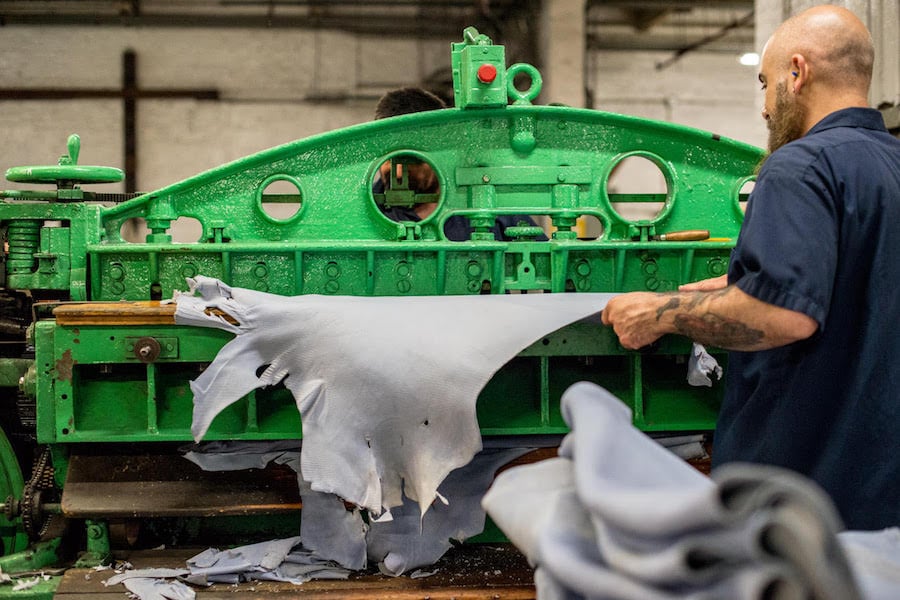
The LWG Certification Process
The LWG’s policies to prevent such adverse effects grew from concerns about deadly pollutants to a long list of criteria for which they audit that today even includes social responsibility. (The “social audit” is non-critical, to be clear: it contributes to your overall score, but it’s not essential to pass.)
“The audit looks at everything from how much water and electricity it takes to make a square foot of leather down to housekeeping inside the facility. It’s pretty all-encompassing,” Horween explains. “Even worker treatment — making sure there’s no kids there and so on — is a consideration.”
“It’s energy usage, waste management, not using certain chemicals,” adds Gallun. “They’d love you to not use carcinogenic chemicals, and ninety-nine percent of tanneries do their best to accommodate that.”
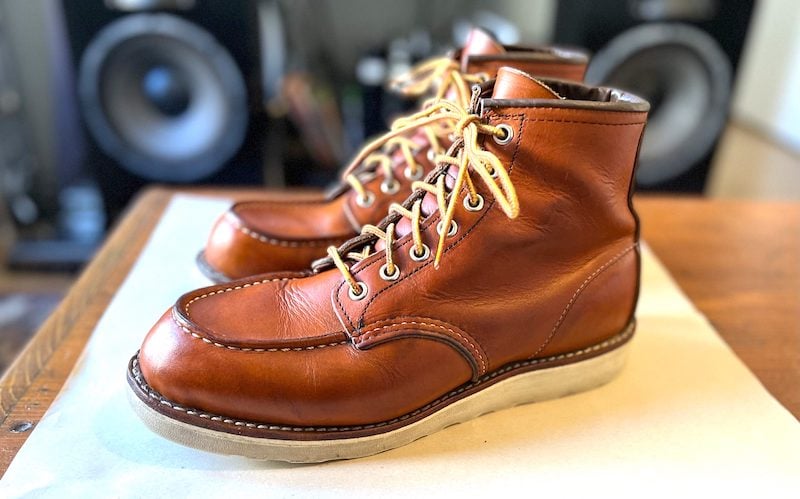
The auditors rate the facility on a 100-point scale. The scoring system considers factors such as traceability, environmental procedures, energy and water usage, and effluent discharge.
After their audit, tanneries can receive Gold, Silver, or Bronze ratings, the requirements for which are regularly updated. But a facility can also be classified as “compliant” without receiving one of these medal ratings. Just because a tannery isn’t bronze or gold doesn’t mean they didn’t pass.

Criticisms of the LWG’s Certification
Gallun and Horween do believe the LWG is actively working to make the leather industry cleaner and safer, and they both admired how receptive the organization is to updating its policies to be as fair and helpful as possible.
“They don’t want people to fail,” says Horween. “That’s not the goal.”
The LWG is less than twenty years old, and both the tanning industry and definitions of sustainability continue to evolve. In other words, making a practical, useful sustainability audit is an ongoing process.
“I can say with confidence that Gold-rated tanneries aren’t automatically making products that are more sustainable when compared to ‘lower’ ratings,” says Horween, whose 120-year-old tannery just received its first Bronze rating in 2024 after years of being classified as “compliant.”
How Can Durability Factor Into Sustainability?
Efficient leather in the LWG audit favors a product as large and as thin as possible. There is a conversation to be had about how long the leather lasts in a finished product. Our products require more energy and water to produce, but tend to last for a long time. So, where does sustainability fit into this?”
Nick Horween
If you’ve bought a few pairs of boots, you know that thickness plays a role in durability.
“Originally, there was no provision for the thickness of the leather,” says Horween. “Thicker leather requires more materials and time to tan than thinner leather, and it means fewer pieces in a mill, which means you’re yielding fewer square feet at the end of a run.”
Thinner leathers of the sort you’ll find on inexpensive running shoes wear out faster than thicker leathers. But tanneries producing thinner leather can more easily get a Gold rating. (And, of course, running shoes aren’t resoleable, so their durability is hampered from multiple angles.)
“Specifically with us, there is no good way to consider shell cordovan,” says Horween, referring to an extremely durable form of horse leather that Horween Leather Company takes up to nine months to produce. “Until recently, there was no acknowledgment that thicker leathers are inherently more demanding to produce inside their protocol.”

Uncontrollable Energy Usage
Overweighting one sustainability metric can skew the score.
“Sustainability is great as a concept,” Horween says. “But it is much more elusive to define in practice than it appears to be.”
We’ve discussed durability, but energy use also impacts an audit even when it’s out of the tannery’s control.
“When I think about how much they rate tanneries based on energy use, I think there’s got to be a better metric,” Gallun says. “Compare someone in the upper Midwest with a hundred thousand square foot facility to a small facility in a warmer climate with a zero cost basis when it comes to heating and cooling. It’s not apples and apples.”

Shifting Goal Posts
This isn’t a criticism of the LWG because the alternative is having static, calcified policies that don’t respond to new science and standards. All our interviewees lauded the LWG’s habit of regularly updating their policies, especially because they make sure the updates roll out slowly so as to not punish facilities that aren’t yet compliant.
Still, audits place a lot of pressure on tanneries. In 2021, for instance, they overhauled the audit and some facilities found themselves scrambling to keep up.
According the LWG:
The audit has evolved to be a holistic, ESG-focused audit, and it now covers all elements of responsible leather manufacturing including environmental management, traceability, chemical management, social responsibility, and governance.
“And then the standards change,” says Horween. “One example: they say, ‘Okay, now that we’ve done all this, we want to reduce how much salt the tanneries are using.’ So, suddenly, salt usage becomes part of the audit.”

The Higher Pressure On Smaller Tanneries
The LWG’s medal rating system can lead to some people placing a lot of emphasis on ‘Gold’ versus ‘Bronze’ ratings, but Gold doesn’t mean ‘best’ in anything other than performance inside a very specific methodology.
Nick Horween
Not every company can afford the audit even when they meet the standards.
“It is an expensive process to be audited by the LWG and be graded according to their standards,” explains Gallun. “The tanneries I work with are not big enough to justify it, even though they meet standards in terms of effluent discharge and ethical practices without being LWG certified.”
When they’re in the United States or European Union, tanneries often exceed the LWG’s environmental standards without their certification.
“If you’re meeting your state’s requirements, the EPA’s requirements (in the US) for what you’re supposed to do, you’re more than surpassing what LWG sets up,” says Gallun.
But some large brands require LWG certification to give a tannery their business, putting smaller operations between a rock and a hard place. They don’t just pay for the audit or for any new technology they need to meet certain requirements; the auditing process can be disruptive for smaller tanneries and require them to reduce their output while it’s being carried out.
“A tannery I know has certain large clients, and they insist on it,” says Gallun. “If we want their business, we have to be LWG rated.”

Potential Conflicts of Interest
The largest footwear and apparel brands in the world run the LWG. One of the founding members is PrimeAsia Leather Corporation, which manufactures leather in Vietnam and China, supplying large brands like Adidas, Nike, Timberland, and Clarks. The current chair of the LWG is Thomas Gregory, who works for ECCO Leather B.V., a billion dollar per year manufucturer.
Companies like these are the biggest players in the game; there are no small tanneries or brands overseeing the decision making process.
On a related note, part of the auditing structure includes an oversight committee on which several tanneries sit. Some leatherworkers we spoke to noted that this could create possible conflicts of interest: “Are they motivated to make it easier for smaller competitors to pass the audit?”
Of course, if there weren’t any tanneries involved in the process, one could complain that the LWG is refusing to let people with industry expertise and real world experience improve their standards. There may not be a perfect solution here.
Wrapping Up
Making leather is a large scale operation that involves many steps and very complicated chemistry.
The LWG has noble goals but presents challenges in accessibility and fairness, especially for small tanneries that can’t afford the audit.
That said, they are actively listening to and working with brands to balance the realities of making leather with the challenges of creating an audit.
“I think it’s gotten more business friendly,” says Gallun. “I think that mentality has changed at least that’s my perception of it.”
In our interviews, even the biggest critics of the LWG believed the organization’s goals are admirable. But the consumer should keep in mind that an LWG certification isn’t as clear a sign of “good” leather as they might have thought. (Especially when you remember that note about the EPA’s standards exceeding the LWG’s; you should probably feel as much comfort from an LWG medal rating as you should from simply seeing that a leather is made in the US or EU.)
For now, perhaps ensuring leather is sourced from a well developed nation or an LWG-certified tannery is the simplest way forward for a consumer operating in an imperfect world.

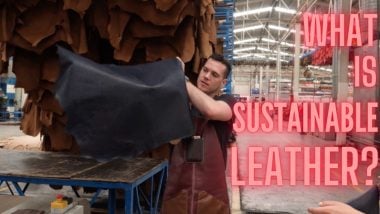
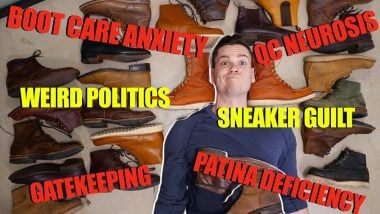
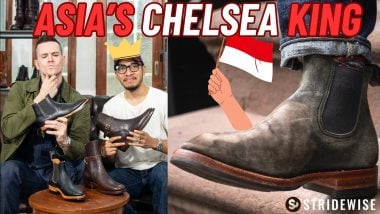
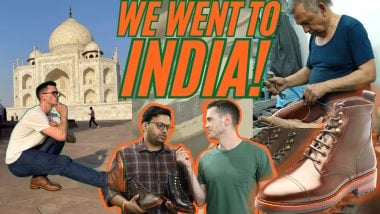




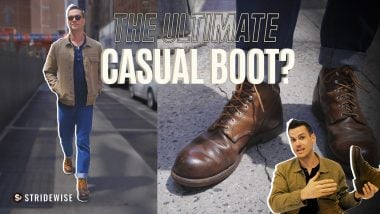
Join the Discussion